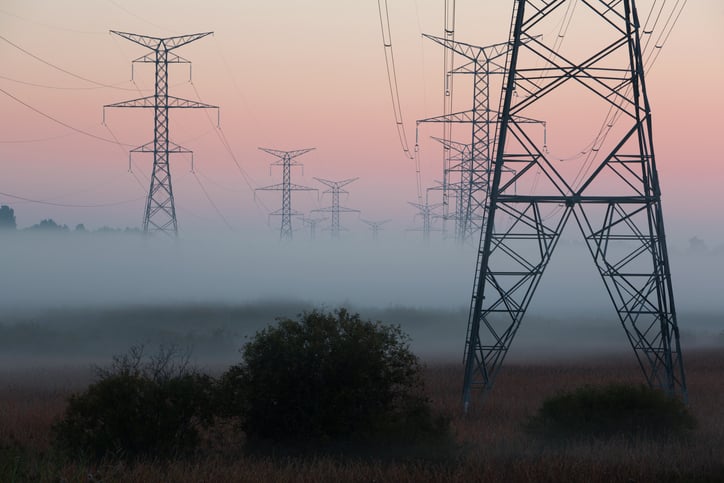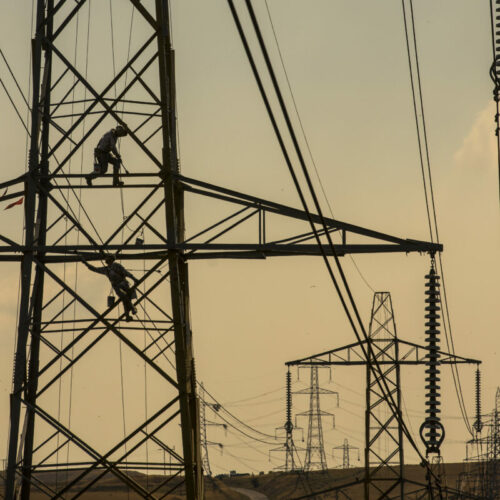National Grid ESO and the Energy Networks Association (ENA) are urging generators to claim “thousands of pounds” in funding towards mandatory hardware upgrades.
These upgrades will help improve network resilience, as well as reduce electricity system costs and allow smaller, greener generators to play a greater role in balancing the grid, according to the duo.
Generators can apply for funding to make the changes and therefore comply with the latest Distribution Code regulations via the Accelerated Loss of Mains Change Programme (ALoMCP), which is a partnership between National Grid ESO, the ENA, distribution network operators (DNOs) and independent distribution network operators (IDNOs).
Loss of Mains protection exists to ensure generators shut down safely when needed. However, those connected to the grid before February 2018 are set at levels where minor network disturbances can cause them to trip off, for instance if a power line disconnects for a few seconds, resulting in the generator at the end of the line being temporarily disconnected from the wider network.
This, the ESO and ENA said, can be unsafe and lead to damage to the generator and anything the generator is powering. Upgrades are therefore likely to be required on every form of non-domestic generation connection to the grid before February 2018, although sites that use Rate of Change of Frequency are of particular interest.
To date, 5,994 sites – or 10.7GW of generation capacity – have had their applications approved. This equates to £20.2 million in funding from the programme, with 5GW across 3,134 sites having already made the changes to their settings.
Two levels of funding are available for the generators required to incorporate the changes. Most commonly a simple protection device settings change is required. In this instance, a generator will receive £1,500 for the first change and an additional £500 per relay after that, up to a maximum of five relays, totaling £4,000. If relays require replacing, generators can receive £4,000 towards replacing each relay.
A fast track scheme has also been introduced to accelerate the rate at which generators make the changes. This pays generators that meet certain criteria and have a minimum capacity of 500kW an extra £5,000 if they are able to complete the work within four weeks of applying for funding.
Graham Stein, network operability manager at National Grid ESO, said that as more smaller generators come online, the Loss of Mains Programme is helping to change their settings and boost network resilience, allowing these generators to “play their role in the transition to a greener grid”.





